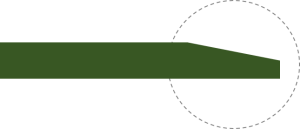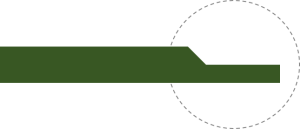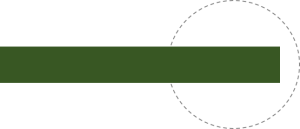Type of Profiles
Our doctor blades have different blade angles to control the amount of ink or coating applied to a surface and optimize performance based on the printing or coating process. The blade angle affects several key factors, including:
Ink Film Thickness – A sharper angle results in a thinner ink layer, while a steeper angle (e.g., 45°) allows for a thicker ink deposit.
Blade Wear – A lower angle reduces wear but might not provide as clean a wipe, whereas a steeper angle increases contact pressure and wear.
Printing Speed – High-speed applications often use lower angles to reduce friction and extend blade life.
Material and Ink Type – Different inks, coatings, and substrates require specific angles for optimal transfer and minimal defects.
Pressure Distribution – The angle determines how the blade interacts with the anilox roller or cylinder, impacting the evenness of ink distribution.
BEVEL

Pexowell offers doctor blades with bevel angles of 13°, 30°, 45°, and 60°. Smaller bevel angles improve scraping quality but may reduce blade lifespan, while larger bevel angles provide consistent scraping and extend the blade’s service life. Each angle is designed for specific performance needs in printing applications.
Pexowell doctor blades feature a very thin tip, making them ideal for high-pressure environments. They offer quick run-in times and minimal deformation. For lamella doctor blades, the recommended contact angle ranges from 55 to 65 degrees, ensuring optimal performance under these conditions.
Lamella

Straight

Doctor blades with a 90° angle offer extended lifespan and are suitable for applications with lower scraping quality requirements. Pexowell plastic blades are commonly used as sealing blades in flexographic chambers and yield good results in low-line anilox corrugated flexo printing. These blades are designed to provide reliable performance in a variety of printing applications.
